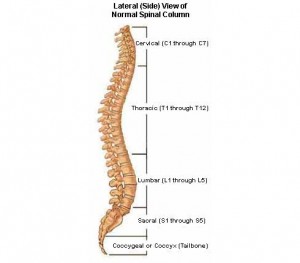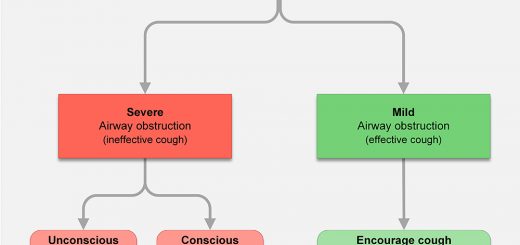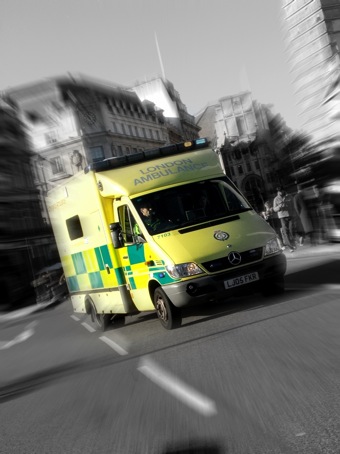First aid for spinal (neck and back) injuries
The spinal column consists of a series of interconnected bones, called vertebrae, which enclose the spinal cord, an integral part of the central nervous system. It is the spinal cord, through its attached nerve roots, which provides the means by which we breathe, move and sense. The spinal cord acts like an ‘information highway’ connecting the brain to the rest of the body.
Between each vertebrae are discs of cartilage that act as shock absorbers and allow the spinal column a degree of flexibility. The spine is divided into five areas:
- the cervical spine (neck), 7 vertebrae
- the thoracic spine (chest), 12 vertebrae
- the lumbar spine (back), 5 vertebrae
- fused vertebrae of the sacrum
- a small vertebra called the coccyx
Any injury to the spinal cord has serious ramifications for our ability to function normally, and a separation, or ‘lesion’, of the cord may cause quadriplegia, paraplegia, or chronic painful conditions, dependent on the location of the injury.
It is generally the case that a lesion high in the cervical spine can be irreversible or fatal. Damage to the spinal cord further down to the level of the upper two thoracic vertebrae usually indicates quadriplegia to varying degrees.
Lesions down to the lower thoracic vertebrae may give rise to paraplegia. Even if the casualty is not affected to these degrees of severity, spinal injury may cause chronic back pain and restricted spinal flexibility.
Spinal injuries can be caused by a variety of physical incidents. Common causes of spinal injuries are head injury, road accidents, a fall from a height, diving into shallow water, rugby scrum accidents, horse riding accidents and motorcycle accidents. Riders and pillion passengers are thrown unprotected to the roadway and invariably land heavily in an awkward manner, putting stress on the spinal column. It benefits the first aider to carefully assess the history of the incident and the mechanism of injury before applying active treatment.
Signs and symptoms of a spinal injury
- history of traumatic injury
- unnatural posture
- may have pale, cool, clammy skin
- ‘tingling’, unusual, or absent feeling in limbs
- absence of pain in limbs
- inability to move arms and/or legs
- onset of shock
First aid treatment for a spinal injury
- Call for emergency medical help
- Perform a primary survey
- Instruct the casualty to stay still, keep their head in line with their body (neutral alignment)
- Check for and treat other injuries
- If the casualty is unconscious, carefully place them into the recovery position
- Monitor until further help arrives







Found this very helpful
Great news! Check out our free first aid training classes for more useful first aid information 🙂